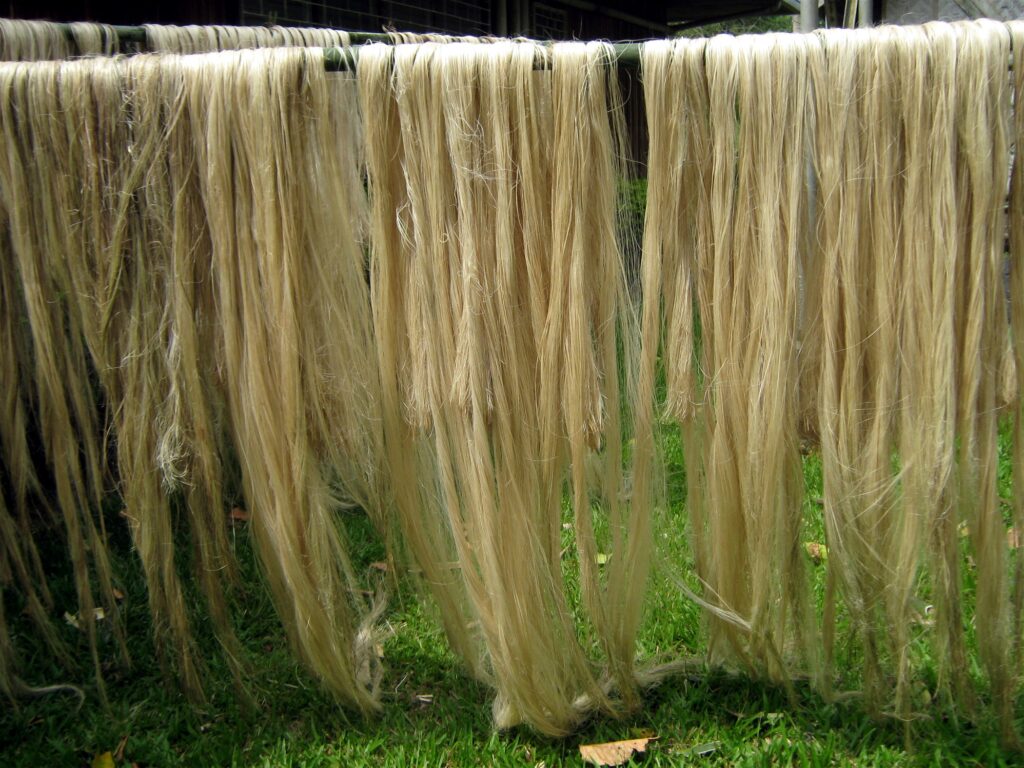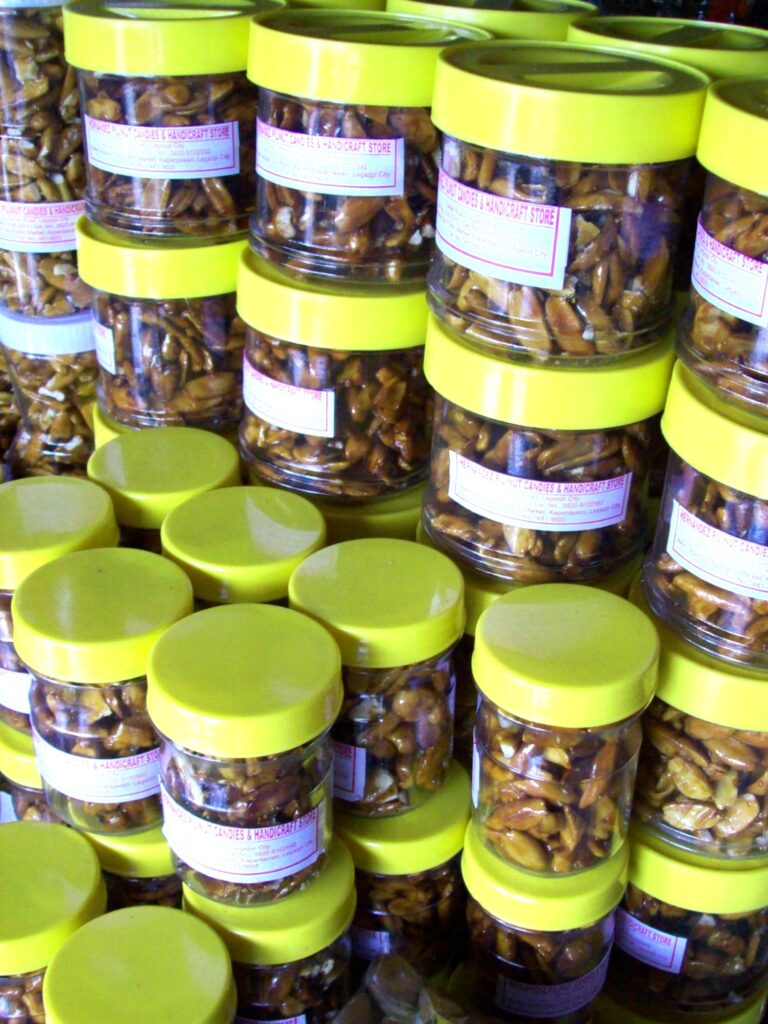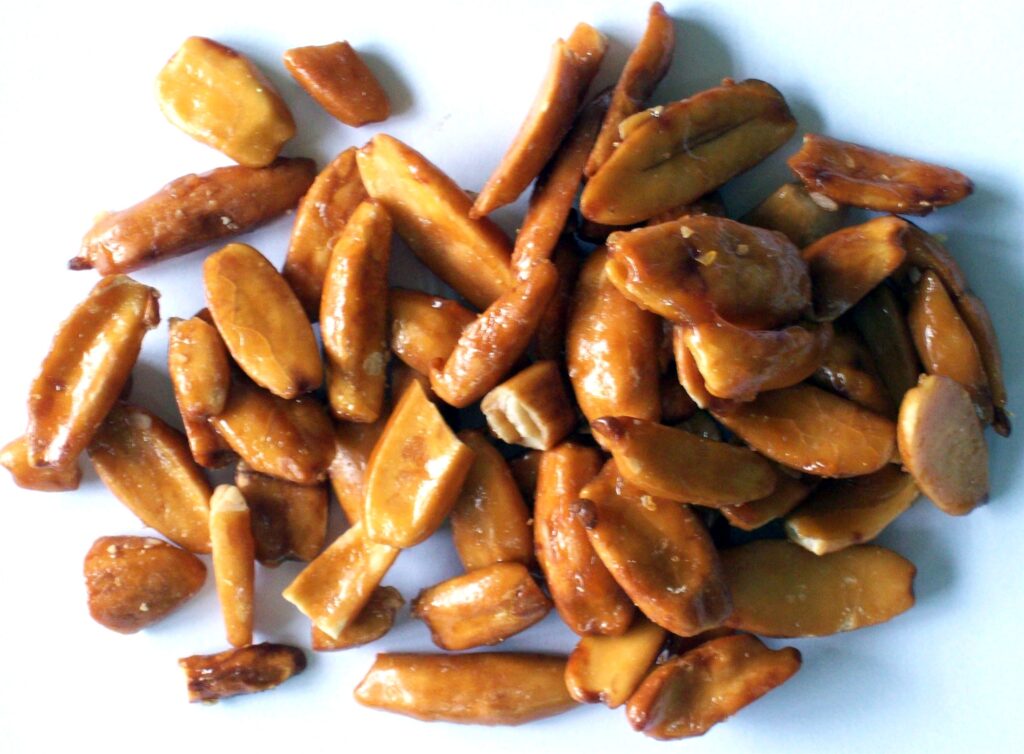Text and Photos by Henrylito D. Tacio
Abaca and pili – what do they have one thing in common?
Both belong to what some experts called as endemic treasures of the Philippines. The two are native to the country, and they have not been fully exploited to their maximum level. Instead of concentrating on what truly is from the Philippines, some technocrats and government officials are developing what is introduced to the country like rubber, palm oil, and macadamia, among others.
Among the two, abaca has already captured the world’s attention. In fact, the Philippines holds the distinction of being the abaca capital of the world. This is because the country accounts for about 84% of the total world abaca fiber production. Such market dominance has made abaca one of its top-dollar earners.
“The abaca industry is of particular importance as it supports the livelihood of around 140,000 abaca farm workers and strippers, as well as 78,00o small farmers with approximately more than 430,000 dependents and 143,429 strippers,” a report from the Department of Science and Technology said. “The fiber craft industry, which produces bags, rugs, placemats, hats, hot pads, coasters, yarns, and hand-woven fabrics, provides livelihood to rural women and out-of-school youths.”
Known worldwide as Manila hemp, abaca is obtained from a tree-like banana plant, scientifically called Mussa textiles. Although indigenous to the Philippines, abaca is also found in Borneo, Indonesia, and Central America.
Manila hemp replaced bark, which was once the primary source of cloth before the Europeans arrived in the Philippines. It was not until 1685 that abaca was known in the western world. In 1820, John White brought few abaca fibers to the United States. By 1825, the importation of abaca fiber took place.
Abaca was first cultivated on a large scale in Sumatra, Indonesia, in 1925 under the Dutch, who had observed its cultivation in the Philippines for cordage. This was followed up by plantings in Central America sponsored by the U.S. Department of Agriculture. With the commencement of World War II, the supply from the Philippines was eliminated by the Japanese. When the war ended, the Philippines again became the world’s biggest abaca supplier.

But on the onrush of modern technology, abaca was relegated to the background. Only to be brought back again in recent years – thanks to the global shortage of many natural resources and the pollution being wrought by synthetic products on the environment.
Abaca fiber is superior to all other fibers of its class because of its great strength and its resistance to the action of water. Considered the strongest of natural fibers, it is three times stronger than cotton. No wonder it is the cordage of choice for ropes used in oil dredging or exploration, navies, and merchant shipping.
Because of its strength and unusual durability, the fibers are also used in making currency papers and weatherproof bristols, industrial papers like power cable papers, insulating boards for motors; vacuum clear bags, tape papers, absorbent saturating papers (used for gasket work), sack papers, and abrasive base papers.
Unknowingly, the abaca enzyme is now being widely used in cosmetics, particularly in the production of organic, hand-crafted therapeutic skincare products such as soap and beauty cream. Abaca soap, which has anti-aging and therapeutic properties, is now marketed in the United States, Japan, and even Europe.
In the Philippines, the abaca fibers are used in fishing nets, as they are particularly resistant to saltwater. Abaca cords can be found aboard almost any marine vessel because of this trait. In addition, the country’s Central Bank is using 20% abaca for its 200, 500, and 1,000 peso bills.
Although pili (known in the science world as Canarium ovatum) is also grown in other tropical countries of Asia like Malaysia and Indonesia, only the Philippines produces and processes pili nuts commercially.
Some years back, the country exported approximately 3.8 tons of pili preparation to Guam and Australia. Today, however, the largest buyers of pili nuts are people from Hong Kong and Taiwan, as the nut is one of the major ingredients in the famous Chinese festive dessert known as the “moon cake.”
Unknowingly, there is no commercial planting of this crop in the Philippines, and fruits are collected from natural stands in the mountains near those so-called “production centers” like Bicol (particularly Sorsogon, Albay, and Camarines Sur), Southern Tagalog, and Eastern Visayas.

Pili is grown mostly for its most important product — the kernel. Nutritionally, it is high in calcium, phosphorus, and potassium and rich in fats and protein. When raw, the nut resembles the flavor of roasted pumpkin seed, and when roasted, its mild, nutty flavor and tender-crispy texture is superior to that of the almond. It is extensively used in the confectionery industry.
Pili contains approximately 23 percent oil. “Two kinds of oil may be derived from the pili fruit, oil from the pulp and oil from the kernel,” writes April Rose A. Itchon. “Both are healthy and have specific uses.”
The more expensive kernel oil is also edible and suitable for culinary purposes like salad dressings and in manufacturing sardines. Some entrepreneurs producing this product use it as an ingredient in soap, pharmaceuticals, and cosmetics.
On the other hand, pulp oil can be used for cooking, pickle making, and in other dishes. It is also used in massaging and therapeutic practices; its anti-bacterial and anti-inflammatory properties help heal wounds, allergies, and some skin diseases. In addition, its anti-aging properties can prevent the occurrence of wrinkles and acne.
The fruit’s stone shell could be developed to produce activated carbon, charcoal briquettes, and as a porous, inert growth medium for orchids, anthuriums, and other ornamentals.
The young shoots and the fruit pulp of pili are edible. The shoots are used in salads, and the pulp is eaten after it is boiled and seasoned. Boiled pili pulp resembles sweet potato in texture; it is considered to have food value similar to an avocado.
But there’s more to pili than all these. The Botany Department of the University of Hawaii describes pili as “a majestic tree,” which is ideal for lining avenues, subdivisions, and golf courses.
As it is an evergreen tree with evenly spreading branches, pili is an excellent shade tree with an immediate aesthetic value. Unlike deciduous trees, pili do not shed its leaves, making its undergrowth clean and shady year-round. (Pili is also an excellent shade tree for abaca, coffee, cacao, and other shade-loving crops.)

Pili is also a good reforestation tree. It is resistant to typhoons and most pests. This hardy tree can grow in marginal lands, steep hillsides, and even under coconuts. However, it grows best in sandy loam soil rich in organic matter and volcanic soil, especially in areas where rainfall is almost evenly distributed throughout the year.
As timber, the wood is characterized by fine striated grains, making it very ideal for manufacturing high-quality furniture, wall panels, carved doors, and other wooden products. The rootstock could also be utilized for wood carvings and tool handles.
The branches make excellent firewood when dry. The trunk produces a resinous substance commercially known as “Manila elemi,” a valuable material in the preparation of varnishes and lacquers.
Studies have shown that the average pili tree starts bearing fruits six or seven years after planting. But given proper care and fertilization, a tree would start bearing after four or five years. A five-year-old tree yields 1,000 to 2,000 nuts per year. The older the tree is, the more fruit it bears.
Filipino farmers need to plant more abaca and pili in their farms. Once fully developed, the industry of both commodities can be a huge driver of economic and job growth.

